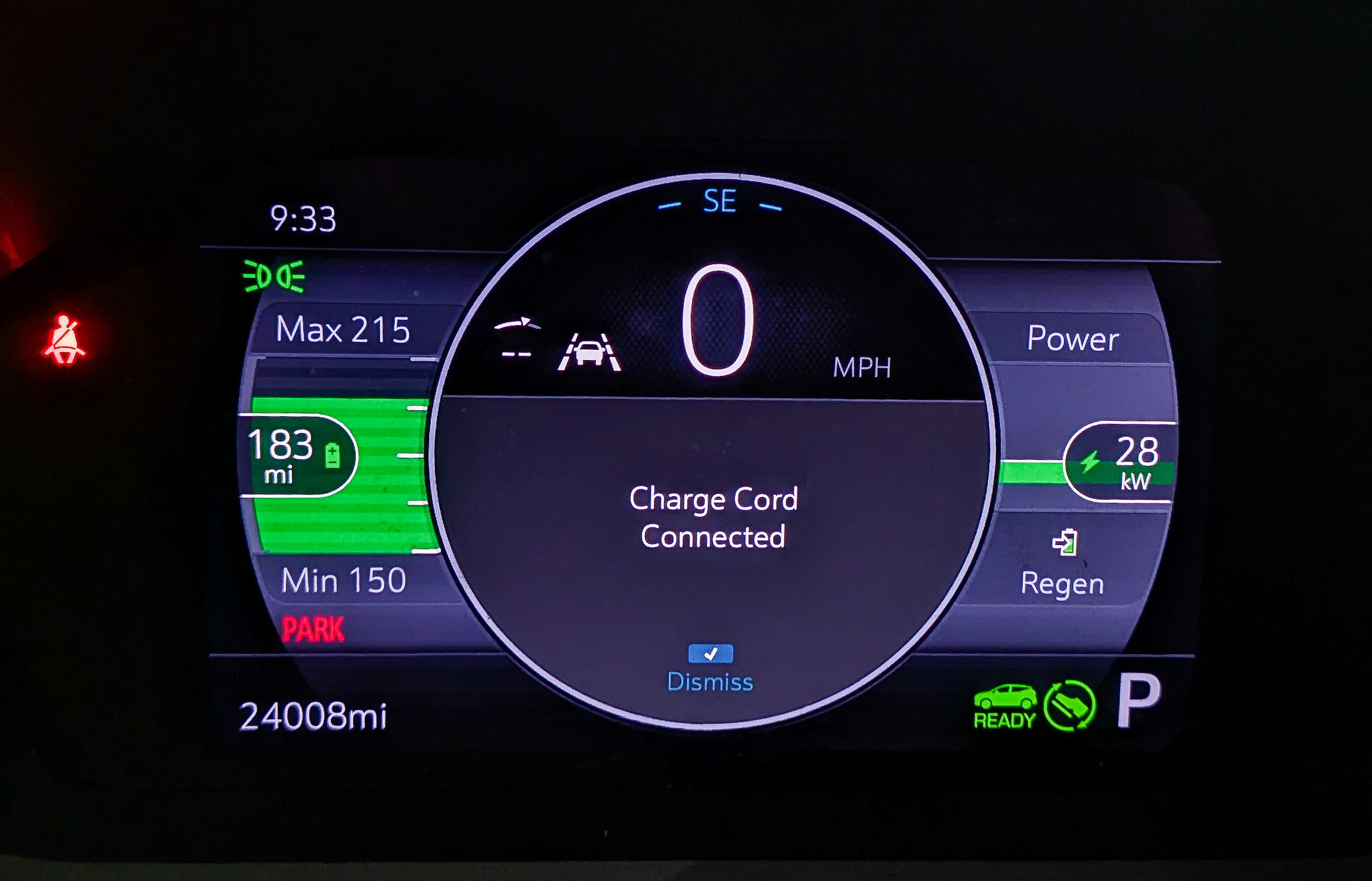Support CleanTechnica’s work through a Substack subscription or on Stripe.
US President Donald Trump never was a fan of climate action and he never will be, but many US citizens are, and there’s nothing he can do about that. Take Michael R. Bloomberg, for example. The well-known, and well-heeled, climate activist’s eponymous Bloomberg Philanthropies organization has just dedicated a new $100 million fund to establish a global network of “Methane Response Basecamps,” aimed at catching and stopping methane super-emitters all round the world — including here in the US, too.
The Methane Key To Climate Action
Although much of the global decarbonization movement has focused on carbon dioxide, methane is actually a more powerful greenhouse gas. Methane has 80 times more warming impact than carbon dioxide, according to one widely cited account.
Nevertheless the organization Global Methane Hub has assessed that only 2% of climate finance has targeted methane. If all goes according to plan, the new infusion of $100 million from Bloomberg will help spark a fresh wave of investment.
“Reducing global methane emissions by 30 percent by 2030 could have the same impact as removing about 10 gigatons of CO₂ — equivalent to shutting down more than 2,000 coal-fired power plants — while preventing hundreds of thousands of premature deaths and asthma-related hospital visits linked to air pollution,” Bloomberg explains.
“There is broad agreement across science, public health, business, and industry that reducing methane emissions is one of the fastest, most cost-effective, and high-impact levers to make real progress,” the organization emphasizes (see more methane background here).
Super-Emitters Have Been Hiding In Plain Sight
As for why methane has not received its proper share of attention until now, that’s a good question. Part of the challenge is the difficulty in detecting the source of methane emissions.
Scientists have been spotting methane emissions from airplanes for years, but assembling and prioritizing the information on a global basis has been a challenge. One key part of the puzzle began to fall into place when NASA realized that a dust-detecting system on the International Space Station can be applied to methane detection.
“Built to help scientists understand how dust affects climate, the Earth Surface Mineral Dust Source Investigation can also pinpoint emissions of the potent greenhouse gas,” NASA explained in a recap of the program back in 2022.
EMIT deploys a highly accurate imaging spectrometer that can pick up the unique “spectral fingerprint” of infrared light absorbed by methane. “In the data EMIT has collected since being installed on the International Space Station in July, the science team has identified more than 50 “super-emitters” in Central Asia, the Middle East, and the Southwestern United States,” NASA reported.
“Super-emitters are facilities, equipment, and other infrastructure, typically in the fossil-fuel, waste, or agriculture sectors, that emit methane at high rates,” the space agency helpfully explained.
The new observations were a game-changer. “These results are exceptional, and they demonstrate the value of pairing global-scale perspective with the resolution required to identify methane point sources, down to the facility scale,” noted EMIT scientist and senior NASA researcher David Thompson.
“It’s a unique capability that will raise the bar on efforts to attribute methane sources and mitigate emissions from human activities,” Thompson added.
You Can Run, But You Can’t Hide
Into this picture steps the $100 million cash infusion from Bloomberg Philanthropies. Building on the methane detection work of scientists at NASA and elsewhere around the globe, the program will expand satellite monitoring and support stronger policy responses, prioritizing nine countries including Australia, Indonesia, Mexico, and Nigeria, as well as nine US states including California, Texas, New Mexico, and Pennsylvania.
Partners in the project include Carbon Mapper, the Global Methane Hub, and IMEO (the International Methane Emissions Observatory of the United Nations Environment Programme), among others.
Carbon Mapper launched in 2021 as a partnership between California, NASA, and other stakeholders including Bloomberg Philanthropies. Bloomberg was also instrumental in the launch of the Global Methane Hub. The new commitment of $100 million brings Bloomberg’s total investment in methane detection to $172 million since 2019.
“Together, these efforts support a comprehensive global methane emissions reduction system of “Methane Response Basecamps (MRBs)” transforming how super-emitters are detected, reported, and repaired, informing policy solutions, and turning data into immediate climate and public health action,” Bloomberg explained, noting that tightening up the alliance between Carbon Mapper and IMEO.
“Brazil has shown that satellite monitoring can drive real accountability. We’ve used it to protect the Amazon, and now the same technology can help tackle methane emissions worldwide,” emphasized Ana Toni, Executive Director of COP30, the United Nations Conference of Parties climate session now under way in Belém, Brazil.
Actually, You Can’t Run
With the foundational detection technology in hand, scale-up is the name of the game. The new funding will be applied to grow a high resolution tracking satellite constellation, covering more territory on the prowl for methane super-emitters.
Another element of the new initiative will bridge the gap between data and action. “Dedicated methane action networks will close the “last mile” between data and action,” Bloomberg explains. “This investment will enhance efforts to achieve methane reduction outcomes, including: direct engagement with companies, utilities, and government regulators on oil, gas, and coal methane super-emitters; tracking repair efforts; and maintaining publicly accessible data to ensure a rapid response and transparency.”
As part of the effort, the funds will also help build up technical expertise among government agencies as well as the media and general public. “This includes expanding training programs, educational tools, and research and analysis that connect super-emitter data to practical applications and measurable outcomes,” Bloomberg notes.
Buy-In From Super-Emitters
As for action and enforcement, methane super-emitters in the oil and gas industry could be motivated by the potential for rapidly identifying and eliminating sources of of waste in their operations.
Some oil and gas stakeholders have already begun to respond to new data. “Through its Methane Alert and Response System (MARS), UNEP’s IMEO has notified governments and companies of over 4,000 plumes in the oil and gas sector,” Bloomberg notes, drawing attention to early interventions that stopped significant methane emissions in Texas, New Mexico, and California.
These private sector and international efforts to curb greenhouse gas emissions are more important than ever. US President Donald Trump has disengaged the federal government from the entire field of climate action, methane super-emitters or not, but the reality of a warming world will not suddenly vanish on his account.
Image (cropped): Methane super-emitters are the target of a new $100 million investment by Bloomberg Philanthropies, aimed at growing the global network of methane detection satellites and coordinating corrective action among governments [“This image shows a methane plume 2 miles (3 kilometers) long that NASA’s Earth Surface Mineral Dust Source Investigation mission detected southeast of Carlsbad, New Mexico,” courtesy of NASA/JPL-Caltech].
Sign up for CleanTechnica’s Weekly Substack for Zach and Scott’s in-depth analyses and high level summaries, sign up for our daily newsletter, and follow us on Google News!
Have a tip for CleanTechnica? Want to advertise? Want to suggest a guest for our CleanTech Talk podcast? Contact us here.
Sign up for our daily newsletter for 15 new cleantech stories a day. Or sign up for our weekly one on top stories of the week if daily is too frequent.
CleanTechnica uses affiliate links. See our policy here.
CleanTechnica’s Comment Policy



